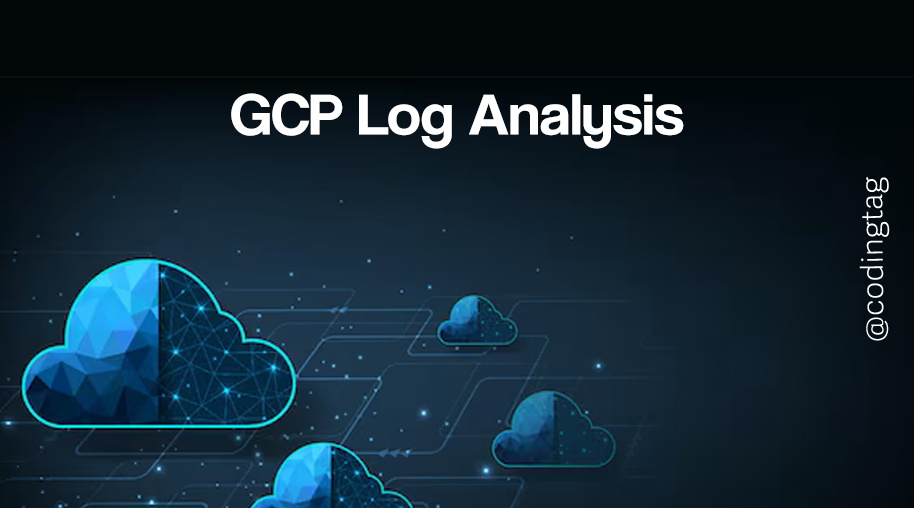RTO vs RPO
0 544
RTO vs RPO
Understanding the difference between RTO (Recovery Time Objective) and RPO (Recovery Point Objective) is essential for designing an effective disaster recovery or business continuity plan.
Both metrics help define the acceptable limits of downtime and data loss in case of unexpected failures.
What is RTO (Recovery Time Objective)?
RTO represents the maximum acceptable time an application, system, or service can remain offline after a failure before impacting business operations. It answers the question: “How quickly must the service be restored?”
What is RPO (Recovery Point Objective)?
RPO defines the maximum acceptable amount of data loss measured in time. It answers the question: “How much data can we afford to lose?” It determines how frequently data backups or replications should happen.
RTO vs RPO: Key Differences
| Aspect | RTO | RPO |
| Focus | Time to recover | Data loss tolerance |
| Measurement | Minutes or hours | Seconds to hours |
| Objective | Minimize downtime | Minimize data loss |
| Example | Service must be back online in 2 hours | Only 15 minutes of data can be lost |
Example Scenario
Suppose an e-commerce website experiences a database crash:
- RTO: If RTO is 1 hour, the service must be restored within 60 minutes to avoid significant business impact.
- RPO: If RPO is 10 minutes, the most recent 10 minutes of data may be lost (orders, transactions).
Setting RTO and RPO Goals
To define effective RTO and RPO, consider:
- Criticality of the service — How essential is the service to business operations?
- Cost of downtime — Financial and reputational losses incurred.
- Backup and replication strategy — Frequency and geographic distribution.
- Infrastructure capability — Can you automate failovers or recovery?
Implementing RTO & RPO in Backup Strategies
To meet specific RTO and RPO objectives, use technologies like:
- Snapshots: Use AWS EBS snapshots or GCP persistent disk snapshots for fast recovery.
- Replication: Set up cross-region or multi-zone replication.
- Cold, Warm, Hot standby: Deploy standby environments depending on recovery speed requirements.
Sample AWS Backup Vault Configuration
resource "aws_backup_vault" "example" {
name = "critical-service-backup"
kms_key_arn = aws_kms_key.backup_key.arn
}
resource "aws_backup_plan" "example" {
name = "daily-backup"
rule {
rule_name = "daily-backup"
target_vault_name = aws_backup_vault.example.name
schedule = "cron(0 12 * * ? *)"
lifecycle {
delete_after = 30
}
}
}
This configuration automates daily backups with a 30-day retention policy, helping meet RPO objectives.
Visualization Example
Imagine a timeline:
Event Time: |---X-----------------------------> RPO (10 min): |---------| (Data loss acceptable till this point) RTO (1 hour): |----------------------------------| (Must recover by now)
This helps stakeholders visualize how much data might be lost and how quickly they must respond.
Best Practices
- Clearly document RTO and RPO for all services.
- Test backups and disaster recovery plans regularly.
- Use monitoring tools to track backup frequency and restore readiness.
- Align RTO/RPO goals with SLAs and compliance requirements.
Conclusion
RTO and RPO are essential metrics in crafting effective backup and disaster recovery strategies. While RTO focuses on minimizing downtime, RPO is concerned with data loss tolerance.
By clearly defining and aligning both according to business needs, you can build a more resilient and responsive system architecture that can withstand failures without critical disruption.
If you’re passionate about building a successful blogging website, check out this helpful guide at Coding Tag – How to Start a Successful Blog. It offers practical steps and expert tips to kickstart your blogging journey!
For dedicated UPSC exam preparation, we highly recommend visiting www.iasmania.com. It offers well-structured resources, current affairs, and subject-wise notes tailored specifically for aspirants. Start your journey today!

Share:







Comments
Waiting for your comments